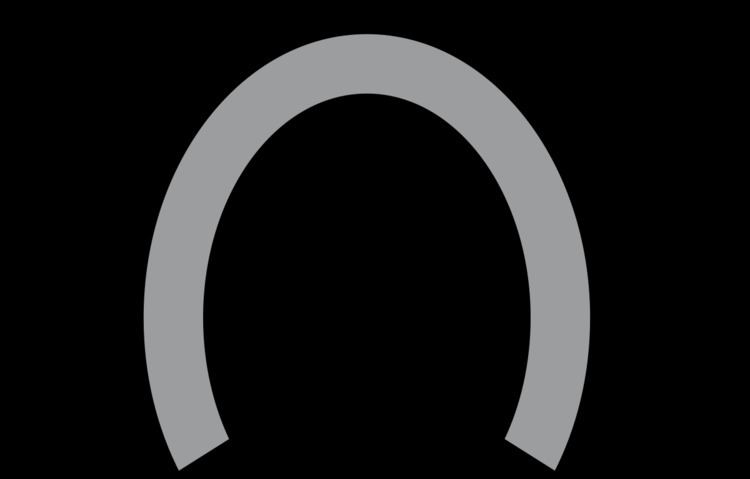 | ||
The horseshoe theory in political science asserts that the far left and the far right, rather than being at opposite and opposing ends of a linear political continuum, in fact closely resemble one another, much like the ends of a horseshoe. The theory is attributed to French writer Jean-Pierre Faye.
Contents
Horseshoe theory competes with the conventional linear left-right continuum system as well as the various multidimensional systems. Proponents of the theory point to alleged similarities between the extreme left and the extreme right.
Origin of the term
The earliest use of the term in political theory appears to be from Jean-Pierre Faye's 2002 book Le Siècle des idéologies. Others have attributed the theory to Seymour Martin Lipset, Daniel Bell and the 'pluralist school'.
Modern uses
In 2006 the term was used when comparing an alleged resurgent hostility towards Jews, new antisemitism, from both the far left and the far right.
In a 2008 essay Josef Joffe, a visiting fellow at the Hoover Institution, a conservative think tank, wrote
Will globalization survive the gloom? The creeping revolt against globalization actually preceded the Crash of '08. Everywhere in the West, populism began to show its angry face at mid-decade. The two most dramatic instances were Germany and Austria, where populist parties scored big with a message of isolationism, protectionism and redistribution. In Germany, it was left-wing populism ("Die Linke"); in Austria it was a bunch of right-wing parties that garnered almost 30% in the 2008 election. Left and right together illustrated once more the "horseshoe" theory of modern politics: As the iron is bent backward, the two extremes almost touch.
